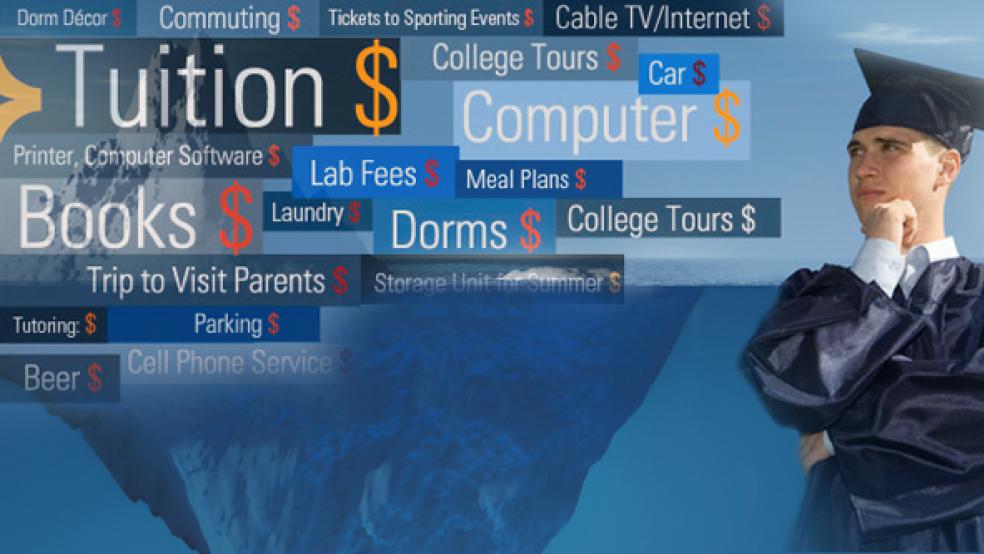On Monday, President Obama signed a presidential memorandum in an attempt to lessen the heavy economic burden on recent graduates. The executive order ensures that borrowers will not have to pay more than 10 percent of their monthly income in federal student loan payments.
At the moment, federal law already allows most students to do just this. The initiative expands on a law passed in 2010, which left students with older loans ineligible for aid. This new step by the administration effectively patches up the loophole, now extending that relief to those who borrowed before October 2007 or those who have not borrowed since 2011.
Related: How Zuckerberg Wannabes Should Plan Their Estates
Dubbed by the White House as, “pay as you earn,” the expanded program is expected to extend relief to nearly five million young Americans. The new law will not take effect until December 2015.
Speaking in the East Room of the White House, Obama addressed recent graduates directly, vowing to make things easier “once the glow wears off” after the excitement of receiving their diplomas.
“At a time when college has never been more important,” said Obama, “it's also never been more expensive.”
According to a recent Pew Research survey, young people today are graduating with record numbers of student debt. Two-thirds of recent graduates have outstanding student loans, with an average debt of roughly $27,000.
Related: Should You Leave Your Home to Your Kids?
The president also sought support from outside Washington. “…As long as college costs keep soaring, we can't just keep throwing money at the problem,” said Obama. “We are going to have to initiate reforms from the colleges themselves. States have to invest more in higher education.”
Pointing to his own life, the president said, “I’m only here because this country gave me a chance through education.” He wants the same for all Americans, and believes that path begins with access to higher education.
“A higher education is the single best investment you can make in yourselves and your future,” said the president. And recent polling supports his argument. Economic analysis conducted by the Pew Research Center also shows that education is highly correlated with economic success, even more so for young people who are just starting out today than previous generations. College graduates ages 25 to 32 who are working full time earn roughly $17,500 more each year than employed young adults who only graduated from high school.
Related: 5 Estate Planning Mistakes to Avoid
In making the case that “no young person should be priced out of higher education,” the president managed to voice his disdain for the way Republicans are doing business—and the places they are putting their money. “If you're a big oil company they will go to bat for you,” he said. “If you're a student, good luck.”
The president also used Monday’s event to urge Congress to support legislation that would allow college graduates with significant debt to refinance their loans. He encouraged Americans to pay attention to how their representatives in Congress vote on this week’s bill. “Lower tax bill for millionaires or lower student loan bills for the middle class?” he asked. “This should be a no-brainer.”
Top Reads from The Fiscal Times:
- OMG, a Foreclosure on the Swankiest Road in the Hamptons!
- The 5 Gov’t Projects That Are Costing Us Billions
- Susan Rice Is the Biggest Loser in Bergdahl Affair





